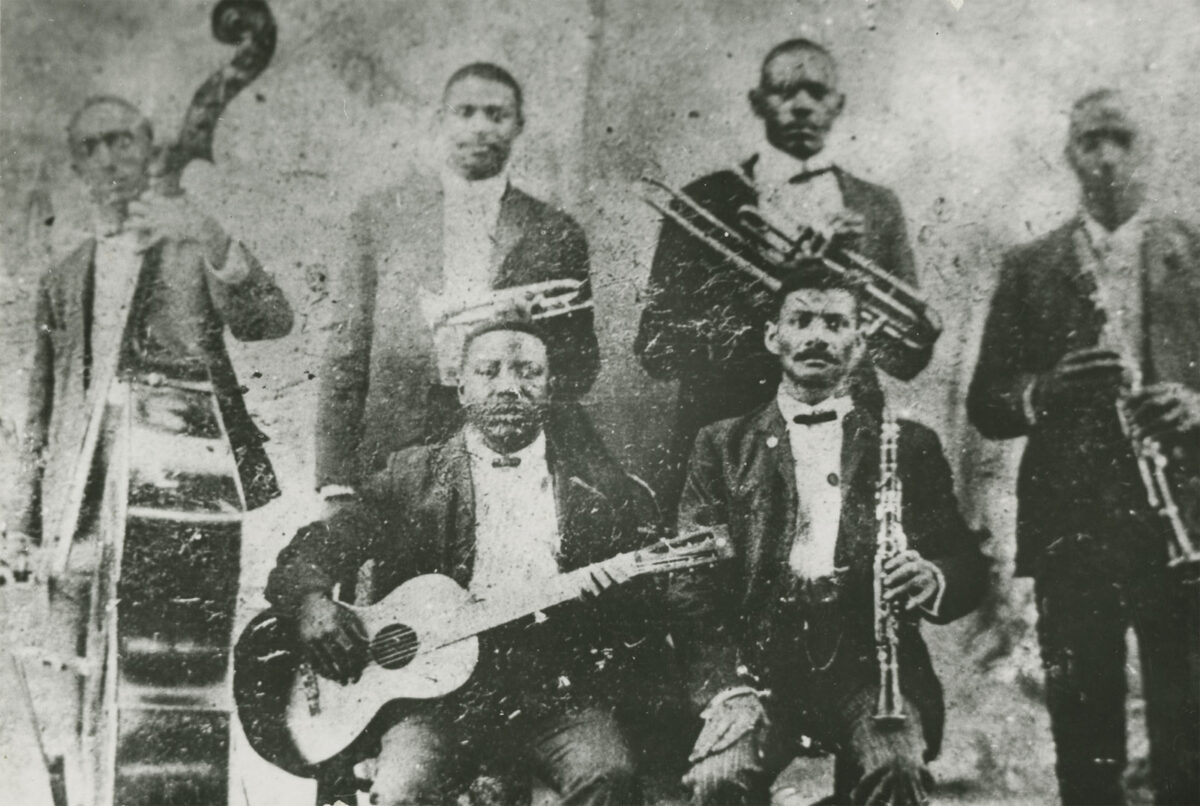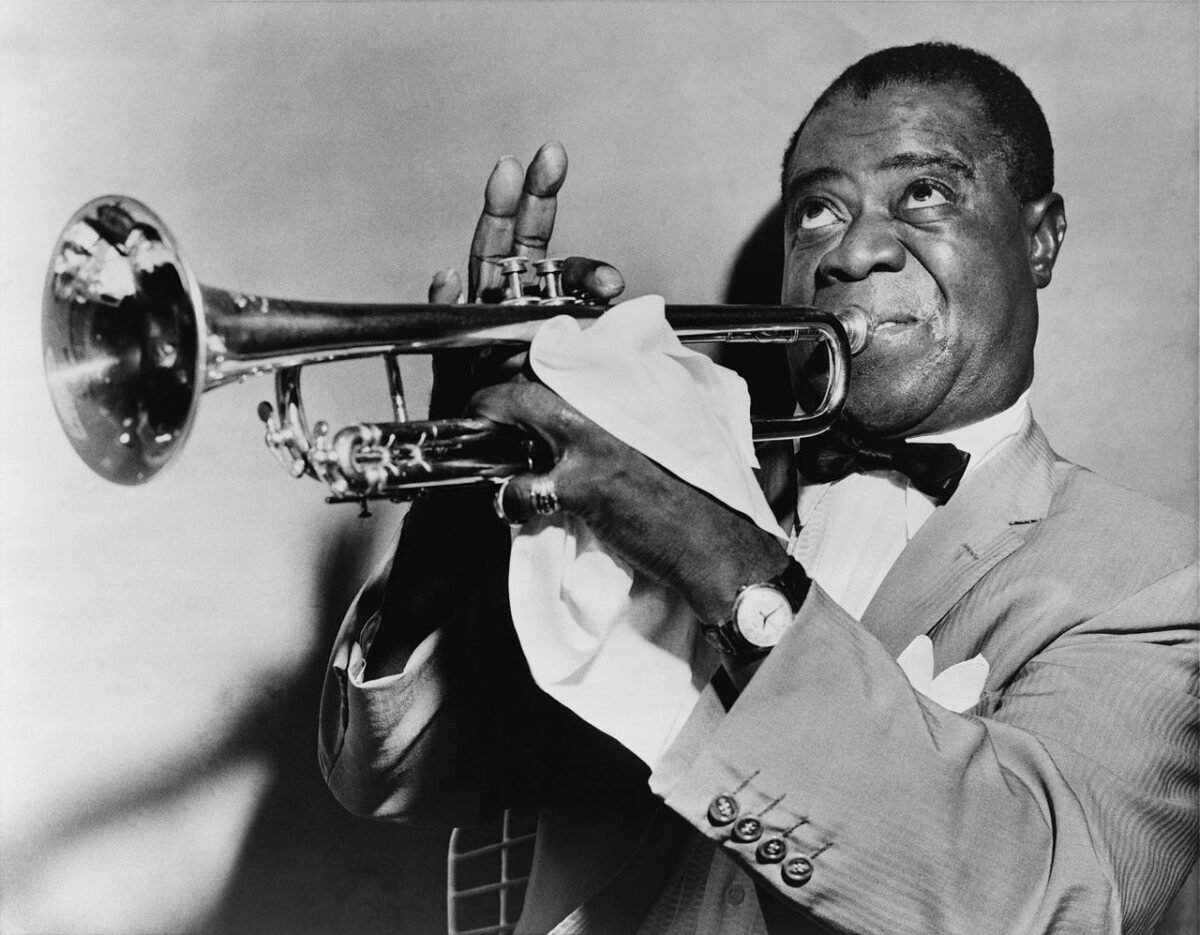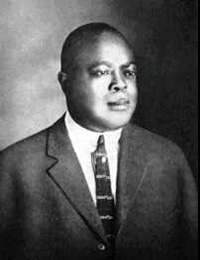Harlem Late Night jazz Presents:
Dixieland/Hot Jazz 1895
HARLEM LATE NIGHT JAZZ Presents:
Dixieland/Hot Jazz 1895
The Jazz History Tree
“Dixieland” or “Hot Jazz” is a style of jazz developed in New Orleans at the start of the twentieth century. The rhythms and variations played in the city’s Congo Square sowed the seeds for “Hot Jazz”, later to be known as “Dixieland”. Dixieland jazz emerged from ragtime and was influenced by the blues, gospel music, work songs, brass bands, and ring shout. The advent of Storyville, the city’s infamous red-light district, created a demand for black musicians, and the music flourished. In 1917, the Original Dixieland Jazz Band, a white New Orleans group, made the first publicly available recording of ragtime, audaciously claiming to be the creators of the music. The recording, however, was very popular, and the band (along with the term Dixieland jazz) gained international prominence as a result.
The approach that was more characteristic of black bands could be heard in the music of Buddy Bolden, known as “King” Bolden to Uptown residents. His bold style showed blues influences as early as the 1890s in the use of bent notes and an overtly emotional style. He is also credited with establishing the tradition of group improvisation and being the primary influence on the young Louis Armstrong. Bolden, like other very early jazz figures, was never recorded. Joseph Nathan “King” Oliver, who moved from New Orleans to Chicago in 1918, made what are considered to be the first authentic New Orleans-style jazz recordings with his Creole Jazz Band in 1923. Featuring the young Louis Armstrong on second cornet, the band exemplified the group improvisation approach to early jazz, in which all members of the ensemble were free to embellish the melody.1 Notably, many Dixieland bands were small marching bands that played for dances, parties, and funerals.
James Reese Europe’s Clef Club Orchestra was the first jazz band to play at Carnegie Hall in 1912. The concert had social and cultural implications, as white society began to explore the music of black musicians with greater interest. It is hard to overstate the importance of that event in the history of jazz in the United States.2 Cornetist, composer, and pianist Leon Bismark “Bix” Beiderbecke was another key figure in making Dixieland jazz popular among white Americans.
Notable New Orleans/Dixieland pioneers include Buddy Bolden, Louis Armstrong, Ferdinand Joseph Lamothe (known as Jelly Roll Morton), and Edward “Kid” Ory, Bix Beiderbecke, and King Oliver, to name a few.



1 Editors of Encyclopedia Britannica, “Dixieland Jazz,” Britannica.com, https://www.britannica.com/art/Dixieland.
2 New World Encyclopedia contributors, “Dixieland,” New World Encyclopedia, https://www.newworldencyclopedia.org/p/index.php?title=Dixieland&oldid=1007299.